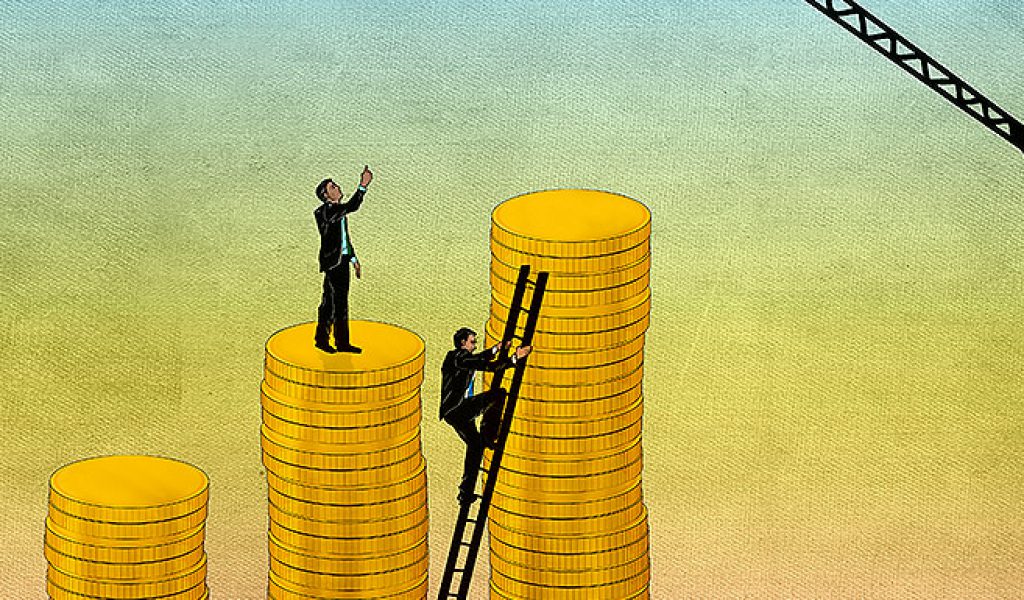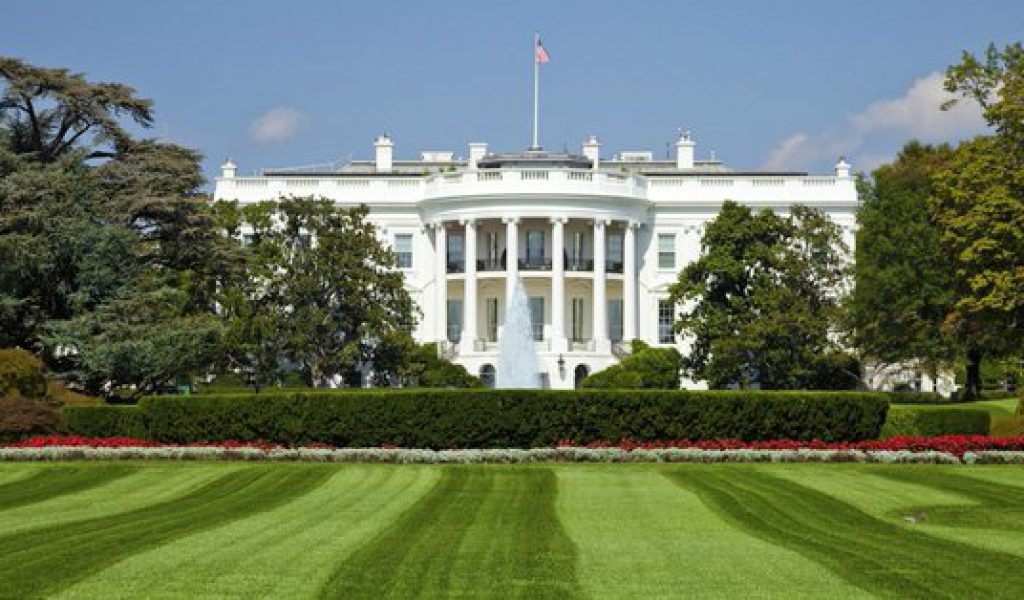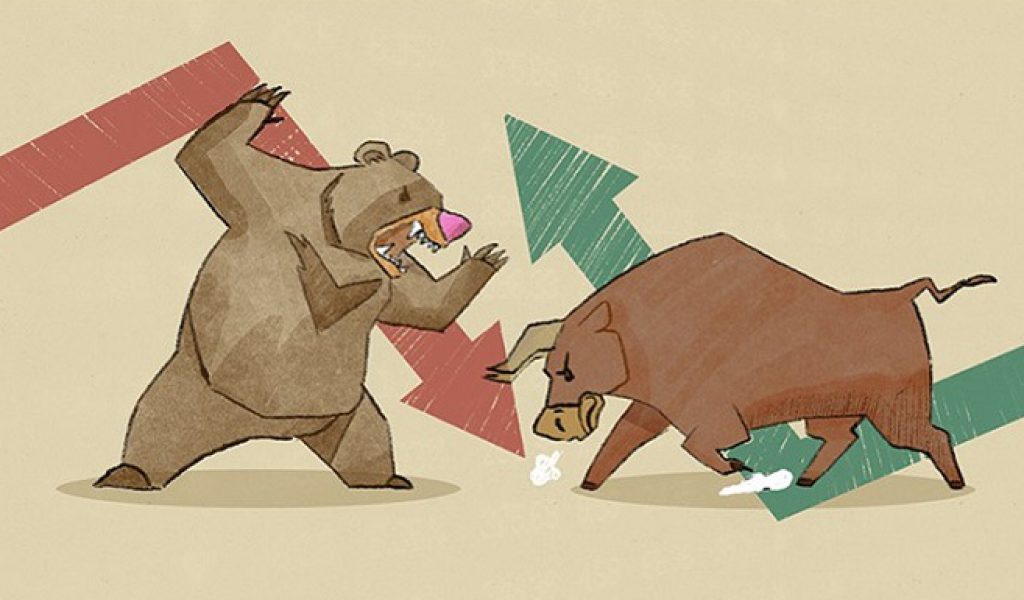A new presidential cycle just begun in the USA and the stock market has welcomed 2017 with a bullish note. The S&P500 rose about 7% in the first two months of the year, the month of March has started in a corrective mood and the market retreated a bit still leaving the progress around 5% year-to-date.
It was a hefty start, that could well lead to a seasonal top. At the moment, we see the recent high of March 1st, near 2’400, above 21’000 for the Dow Jones Industrial, as a strong resistance, but it is interesting to compare the bullish wave of these recent weeks with the recurring cyclical patterns. First, we note that a healthy February is not so common. February is used to be a sluggish month for Wall Street, even worse in the first year of the presidential cycle with an average return, for the 16 occurrences since 1953, of -1.83%. In figure 1 is shown the average historical yearly pattern of the S&P500 since 1952 compared with the average of returns in the first year of the presidential cycle. They are very similar, even if the first of the four years term tends to be a bit more volatile and less performing. Usually, February and August are the worst months followed by June and September.








